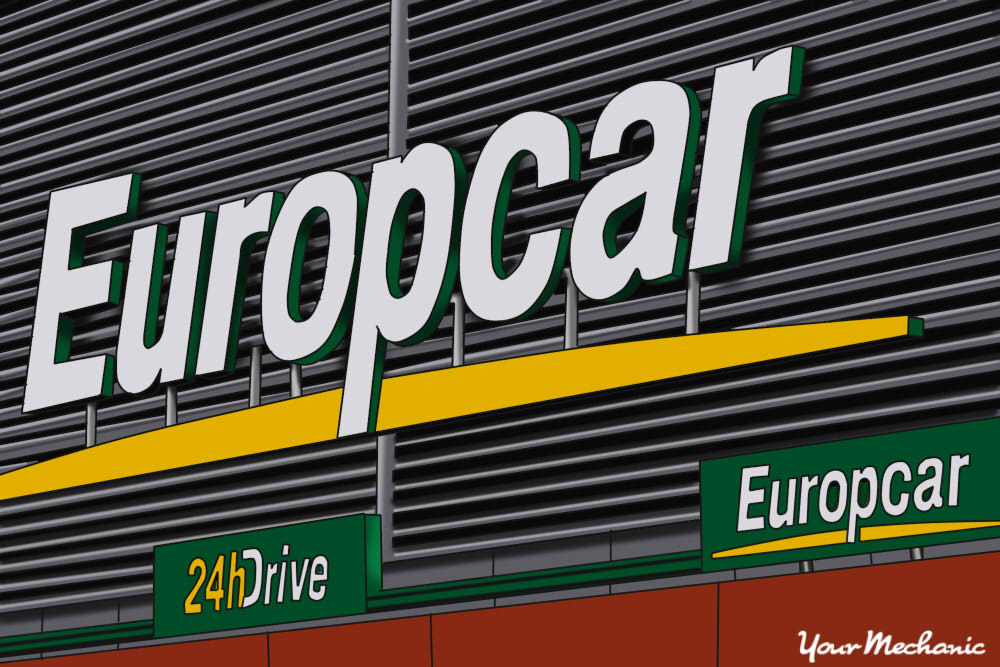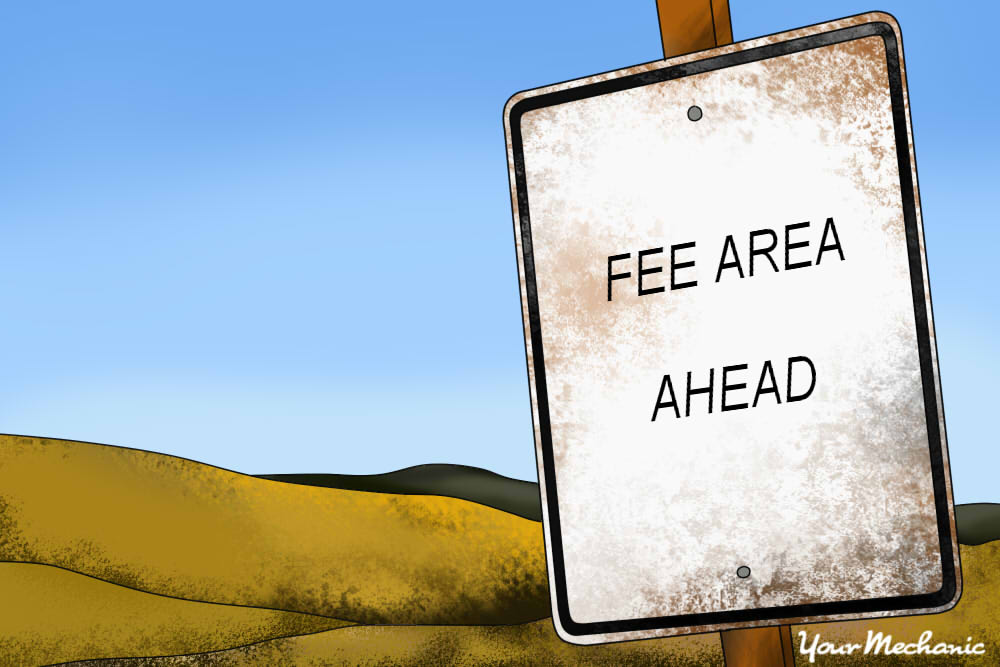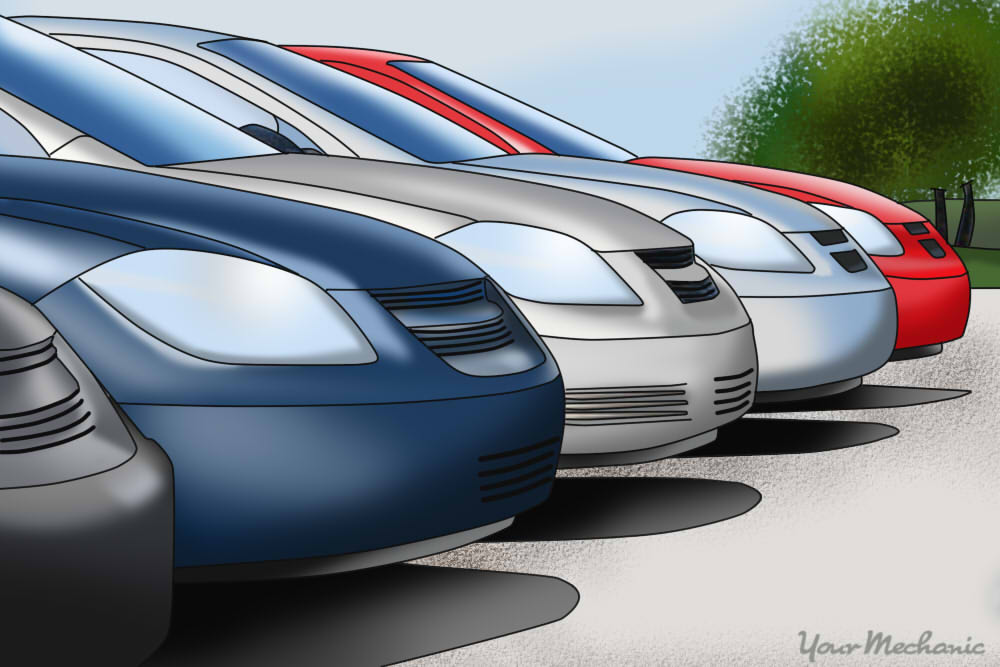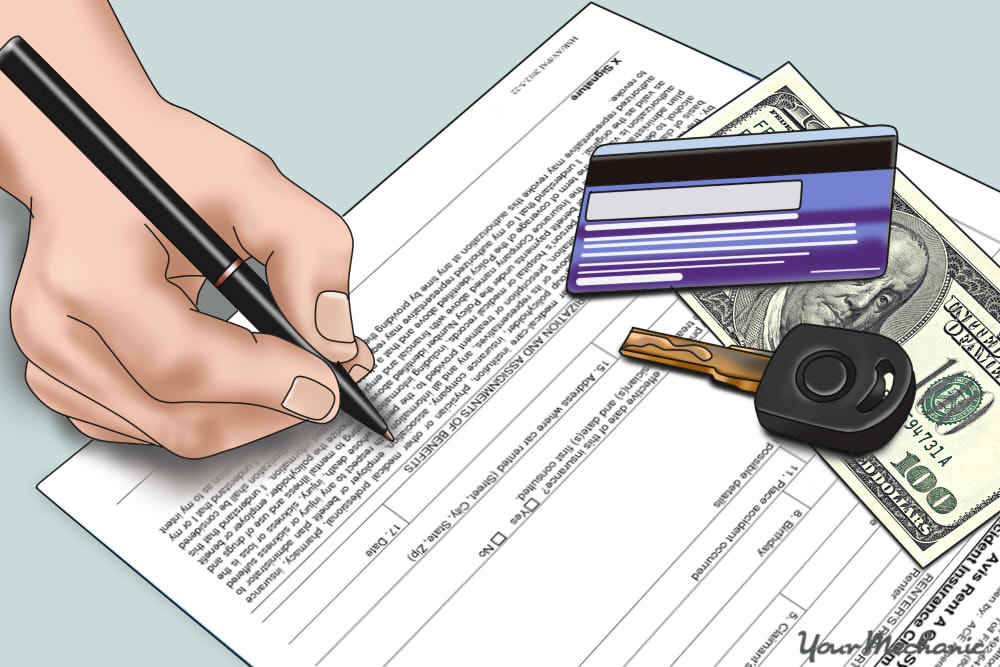

When you’re planning a trip through Europe, it might be a good idea (and also may be the most cost-effective) to consider renting a car if you plan on doing a lot of sightseeing and exploring. Probably one of the best and safest methods for a long-term car rental is to consider booking it after all your other travel plans and accommodations have been confirmed. By this time, you’ll know exactly where you’re going to be and when, so you can begin mapping out the more specific plans of places you want to explore.
When making plans to rent a car in Europe, you’ll need to make decisions about what company to rent from depending on what country or countries you plan to visit, what kind of car will best suit your needs, and where to pick it up and drop it off again. With these variables, the initial price of the rental shouldn’t be your first settling point. You might want to be as versatile and free as possible wherever you’re driving, whether or not you’re going from one country to another and so on. With this information, and depending on your trip, you might want to rent from the company that offers you the best combination of rates, or that which has pickup and return options and locations that favor your travel plans.
Whatever your needs, and wherever you plan to go on your trip to Europe, you will need to understand a lot of information when you’re shopping around for a rental car, including: car insurance, European automobiles, currency exchange, and the different ways rental companies complicate the charges for certain rentals. Read the steps below to find out some of the best options for renting a car for your trip to Europe.
Part 1 of 1: Consider all your travel plans and rental options before you book a car rental in Europe
Step 1: Compare rates and fees. There are a lot of different variables you need to consider when renting a car in Europe, especially if you want to rent a car in one country, and drop it off again in a different country from where you rented it.
The fee for dropping a car off in a different country is called a “one-way fee,” and usually it is absurdly expensive - sometimes thousands of dollars.
If you want to rent from an agency that allows you the most options, it’s best to go with a larger car company like Europcar and Sixt, two of Europe’s biggest car rental companies.
It’s also worth checking out websites like Auto Europe, which will help you compare rates among different rental companies in different countries.
- Note: With consolidation companies like Auto Europe, you will likely not hear about the fine print information and add-on fees until you get to the rental agency - and this is information that you must know and understand before you sign any contract.

Step 2: Do your research on car rentals. Full, thorough knowledge of how car rental agencies operate is crucial to avoiding unwanted or unnecessary fees, like optional insurance and pre-paid fuel (more on these soon).
Pricing structures will vary, and most companies offer you a look at the base fare and the base fare only before you sign your life away on the dotted line, but once you’re interested and ready to make a purchase, they hit you with other options that can really jack up the cost of the rental.
Premium station fees, for example, are extra fees you will have to pay for renting a car from an airport or a train station, and they can cost you anywhere from around 20% of the base fare, to a somewhat hefty flat fee. You can avoid this fee by arranging a pick-up from a rental office that is off-site from any train station or airport.
- Tip: Premium station fees do not apply when you’re returning a vehicle, so feel free to return the car to any accepted airport or train station when you leave.

Step 3: Know what fees to expect. There are plenty more fees that you must know and understand that are either mandatory, or that could be added onto the base fare if you’re not careful.
To avoid any surprises, here is a detailed list of fees that could (or will) increase the price of your rental:
Value added tax: Most car rental quotes will include this tax, but there is a chance that some will not. If the quote does not include the value added tax, plan on your rental fee increasing by as much as, or more than, 20%.
Road tax: Most drivers in Europe have to pay some sort of road tax, usually a few dollars per day depending on what country you’re driving in. Again, this charge is usually listed as part of the base fare, but in some cases it is paid separately (possibly in the situation where you choose to drive internationally).
Eco fees: Some countries charge environmental fees for any car on the road, or in some cases, only in big cities like London. Some countries, like France, charge more for automatic vehicles than they do for manual vehicles. In this situation, it’s best to request a manual vehicle, and/or to learn how to drive one before you leave.
Navigation system fees: Most large car rental companies with newer rental vehicles have navigation systems in most of their cars, and there is no extra charge for using it. In the situation where navigation is a paid option, it can run you from a few dollars to a full meal price a day, depending on the vehicle. It is always best to consider smartphone options, like Google Maps, when deciding on a navigation system. It is also a good idea to have a map in addition to GPS.
Extra drivers: Adding an extra driver can tack on a significant amount per day to your rental, and usually the person who pays for the rental must be the person who drives the car (since the contract has been paid for under their name). In some situations this can be different, so beware of the fine print on your contract, or call the rental company with any questions before you pay. The best strategy is to use only one driver to keep things simple.
Credit card fees: If you don’t pay for your car rental in advance (before you leave for Europe), your credit card company might charge you certain fees, usually around 3%, for using your card internationally. The best way to avoid this fee is to pay in advance from the U.S., but only if you can cancel the payment without charge, just in case something comes up.
Late charges: Even if you turn in the car only a little late, it’s possible that the rental agency will charge you for an extra day’s rental. The only way to avoid this, other than coming in contact with a sympathetic representative, is to absolutely make sure you plan to turn in the rental car early.
Fuel charges/pre-paid fuel: If you turn in the rental car and you haven’t filled the tank, you might be hit with a refueling charge - and an additional charge per gallon that might cost you as much as filling the tank halfway over again. Furthermore, if you turn in the car with a completely empty tank, you will face charges up to hundreds of dollars, plus a refueling charge fee. To avoid these fees, fill up the tank near the rental office, airport, or train station you plan to return the car, and keep the gas receipt just in case a refueling dispute arises with the renter. In some rare cases, car rental agencies will require you to pay for the first tank of gas and then return it when it’s empty (pre-paid fuel). In this situation, the only thing you can do is return the car with as empty a tank as possible. But in this situation, if you have to option to deny pre-paid fuel, do so as you’re given the chance.
Cleaning/damage fees: If you return a rental car that needs excessive cleaning, you will inevitably have to pay a cleaning charge. This charge will depend on how much cleaning is needed, or if any damage occurred to the interior. It’s always best to make sure the vehicle you’re going to be using is clean and free of any damage, even small scratches, before you accept it. If it isn’t completely clean, or it does have damage, make sure you deny it and request a different vehicle. If the car is perfectly clean and you notice some imperfections, make sure you take pictures of them and keep them as a record so you are not held responsible. In any case, it’s a good idea to take pictures of all sides of the car, both inside and out, to protect yourself. And, of course, always take as best care of the car as possible while it’s in your possession.
One-way fees: These fees can get really expensive depending on where you want to pick up and drop off the vehicle. If you want to rent a vehicle in Paris and drop it off in Bordeaux, it is unlikely you will have to pay a one-way fee - but if you want to drop it off somewhere in Germany or Eastern Europe, you might face very expensive fees. The only way to avoid surmounting fees such as these is to be completely clear about how expensive it is to go from one city to another (with any form of transportation, to be able to determine your best travel option), especially if you’re crossing European borders. Don’t assume you can just drive the car from one country to another. You must work out that information with the rental agency beforehand, if you plan to do so.
Extra equipment fees: There can also be additional fees for extra equipment like GPS, winter tires, booster seats for children, ski racks, and luggage racks. If you need one of these amenities, you must ask the rental agency to see how much it costs if you absolutely need it, or inquire about the price and determine whether or not you need it from the quote.
Automatic transmission: If you can drive a car with manual transmission, this can save you a lot of money on a car rental. In some European countries, automatic transmissions are rare, and again, in some countries rental cars for automatic transmissions are significantly higher than the same exact vehicle with manual transmission.
Step 4: Understand how insurance works for rental cars in Europe. Some credit card companies offer free collision insurance (CDW) and theft insurance, and it is recommended that you pay for a European car rental with one of these credit cards.
If you instead purchase insurance from the rental agency, they will most likely charge a lot for it - up to and including tens of dollars a day with high deductibles, as much as thousands of dollars. With your credit card that offers CDW and theft insurance (you must check!), insurance is free and there are no deductibles.
Know that some European countries require you to purchase CDW/theft insurance from the rental agency, so beware of that when considering different rental agreements. If you’re ready to purchase a rental car, be absolutely sure you have denied the insurance offered by the rental agency before you sign anything (as long as you know you have insurance through your credit card).

Step 5: Choose the right car for you. Most European rental cars are going to be much smaller than the ones you’re used to in U.S.
The ‘keep it simple’ mantra is probably the best perspective to have throughout this entire process, and even when selecting the car you want. You must understand and get used to the fact that vehicles in the U.S. are much larger than those in Europe, and that similar options for larger vehicle rentals in Europe are expensive and rare.
You will have the option of renting a larger vehicle such as a BMW, Audi, or Mercedes, but those rentals are often extremely expensive and have plenty of driving restrictions attached to them. It’s best to think less about brand and more about the category of car you want.
If you’re traveling with two people, you’ll want either a subcompact, compact, or intermediate size car. For three people or more, you’ll want to look at full-size, station wagon, or a multi-purpose vehicle (MPV).
- Tip: Ask about diesel engine rental cars. Europe tends to have a lot of them; the gas is cheaper, and the engines are just as powerful and reliable as an engine with regular gas. In any situation, do not put regular fuel in a diesel engine.

Step 6: Be prepared when you go to pick up your rental. Once you’ve book the right car for you and you’ve avoided as many of the additional fees as possible, make sure you print out all the details of your reservation to take with you.
If you booked a rental vehicle and subsequently found a better deal, make sure you cancel the other booking so you aren’t surprised when you are charged for two rentals.
When you arrive at vehicle pick-up, make sure you decline as many as the additional options/insurance policies as possible, unless they’re required or you absolutely need them.
Be sure to get a summary of all additional charges and to pay for everything with the credit card you used to book the car - or, if you can, pay in the local currency so your credit card company doesn’t charge you for an international transaction.
Once you’ve taken photos of the car to document its condition, you understand how to operate the vehicle (ask for a manual, if necessary), and you’re 100% satisfied with the car you have, enjoy your travels! You now have the freedom to enjoy Europe in your own dedicated transportation.




